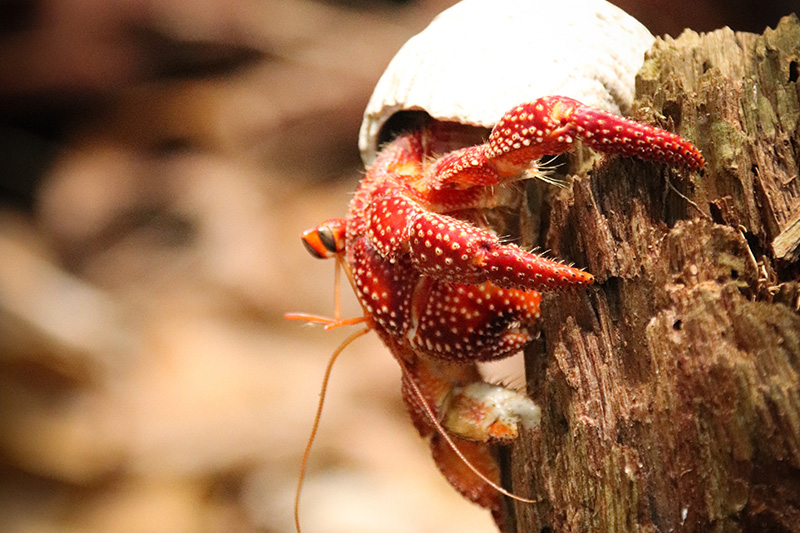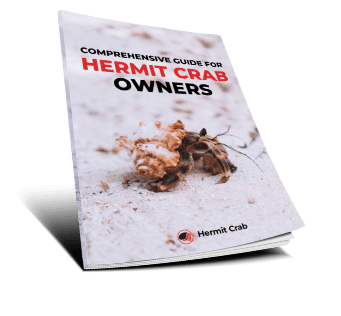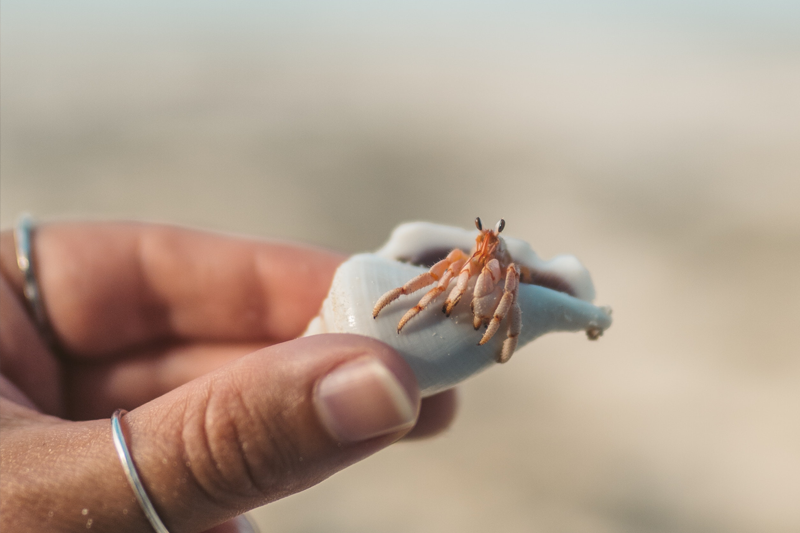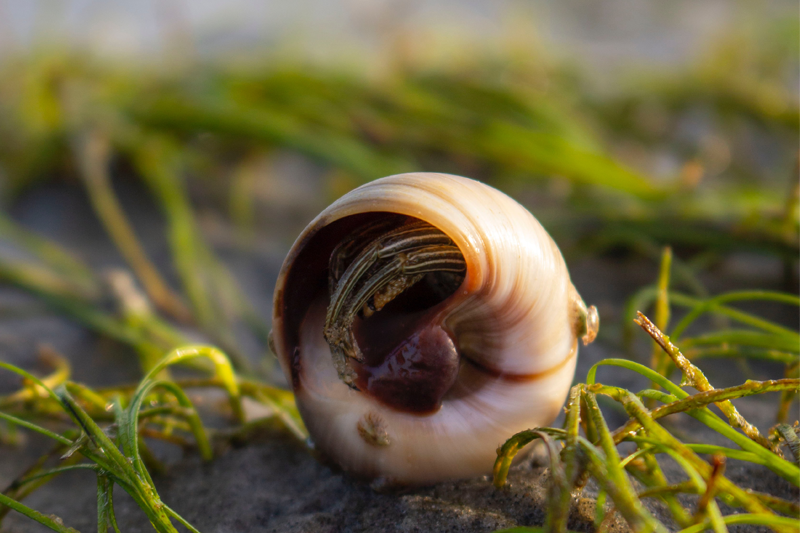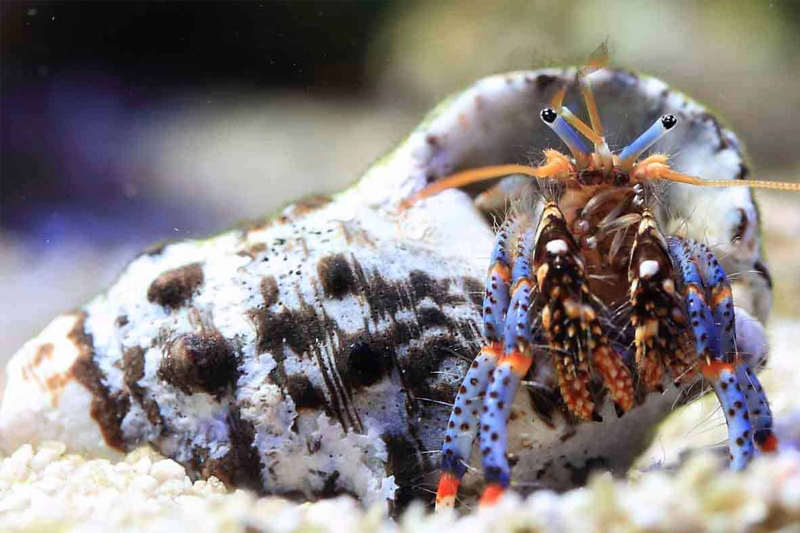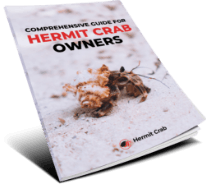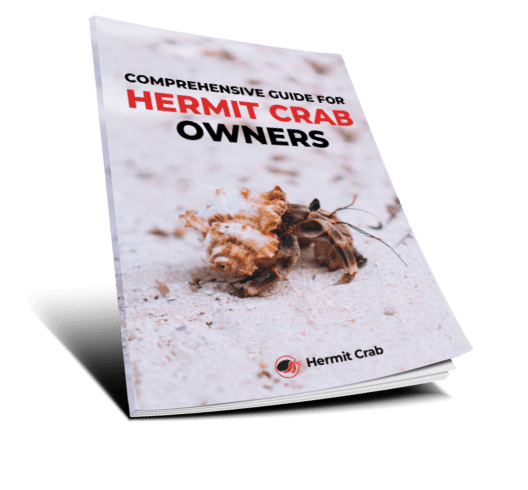Stuff to consider and take note of:
Providing a spacious environment for both of them will prevent them from invading each other space. As a best practice, if you’re taking care one of each creature, it’s best to have a gallon size tank. This is applicable as well if you’re only taking care of hermit crabs.
A variety and selection of shells. Do not provide shells that are similar with your snails if they’re in the same enclosure since hermit crabs are highly competitive when it comes to shells and they will fight other hermit crabs for it and the same will happen when they are with snails.
Provide plenty of food, nothing more encourage conflict between creatures when there’s lack food provided. So be sure there’s enough food for both hermit crabs and snails in the tank. Provide just enough food to avoid food wasting and spoilage.
Give them both hiding spots, this is important when they are molting since hermit crabs are highly sensitive during this period and they will get stressed easily.
Failing to do any of these and this will result in conflict from both creatures.

Do Snails and Hermit Crabs Get Along?
In the wild, yes, both creatures do get along. But of course, it’s a different story when they are in captivity since it’s not their natural habitat. Which means, the access to food and shells are not as easy compared to the wild.
And as mentioned above, hermit crabs are highly competitive when it comes to shells, and if not provided enough shells they will fight and kill the snails for it. And on a scenario where they are not well-fed or not enough food is provided, hermit crab will eat a snail as well.
Also, before you provide them shells, make sure you did the necessary steps to sterilize the shells. This step is necessary to avoid them getting sick from it, since some uncleaned shells might have bacteria, molds, and mites on them that will most likely to make your hermit crabs and snails sick.
My hermit crabs and snails are dying, what did I do wrong?
As an owner, it’s really stressing when this is happening, especially when you don’t know what’s causing this. But do note of the following reasons why they die:
- pH levels suddenly changed beyond 8.0 – 8.04
- Chemicals are present in their water, such as ammonia
- Fluctuations in humidity and temperature of the tank
- Starvation due to lack of enough food source
- Using chemical water as their drinking water, which may contain harmful bacteria and fluoride
Those are the common causes, but also monitor them closely as they could be fighting against each other which results to dying.
